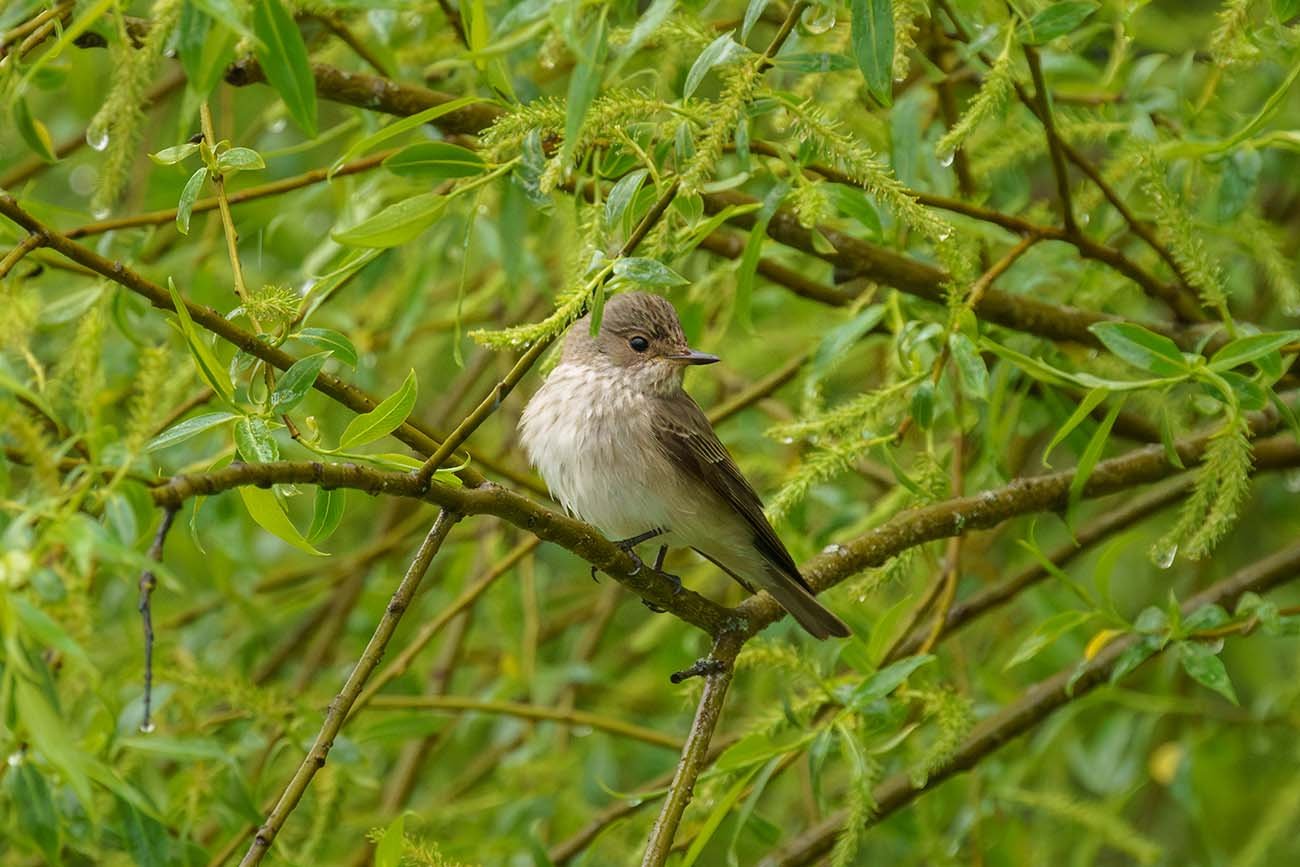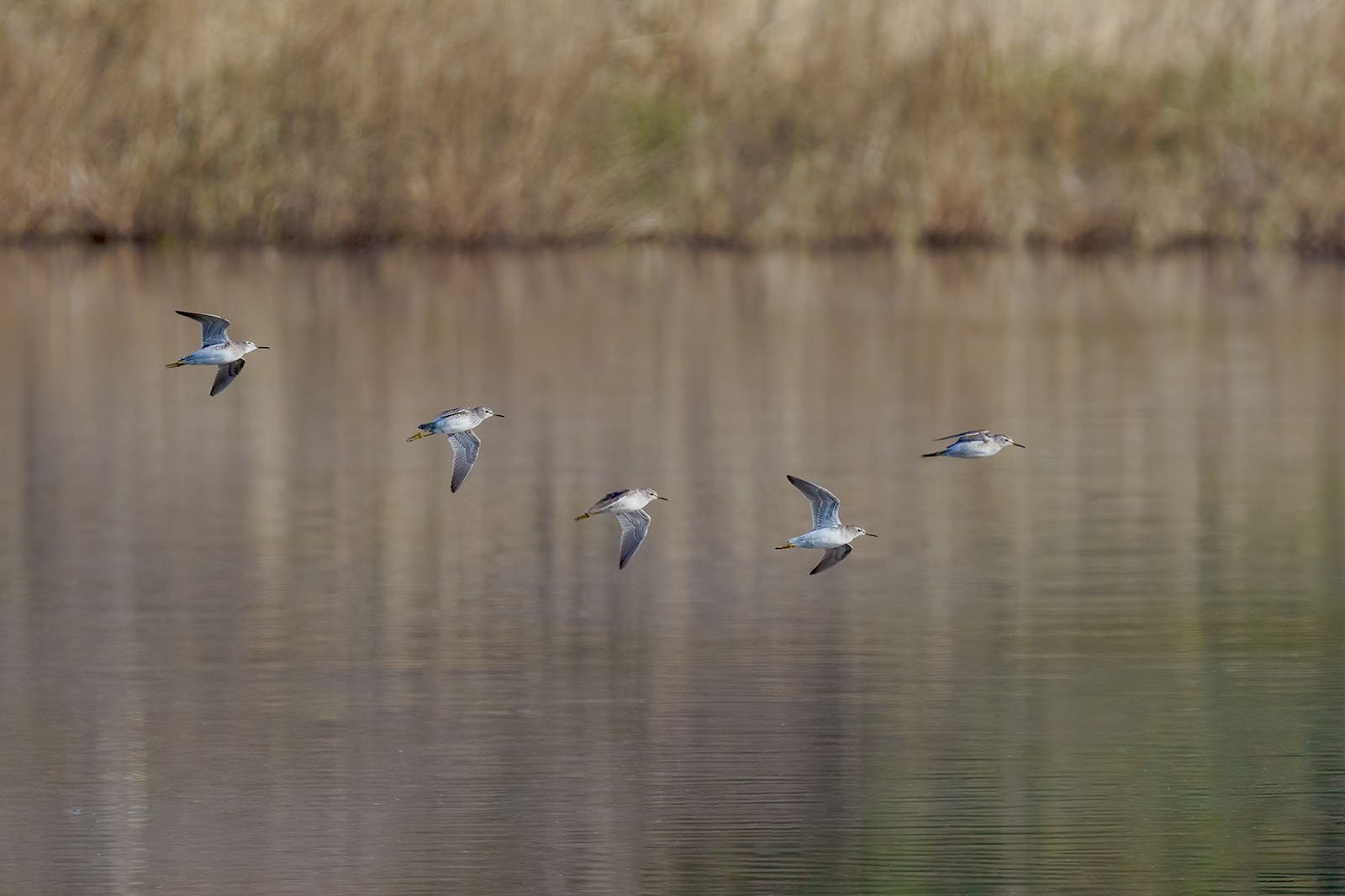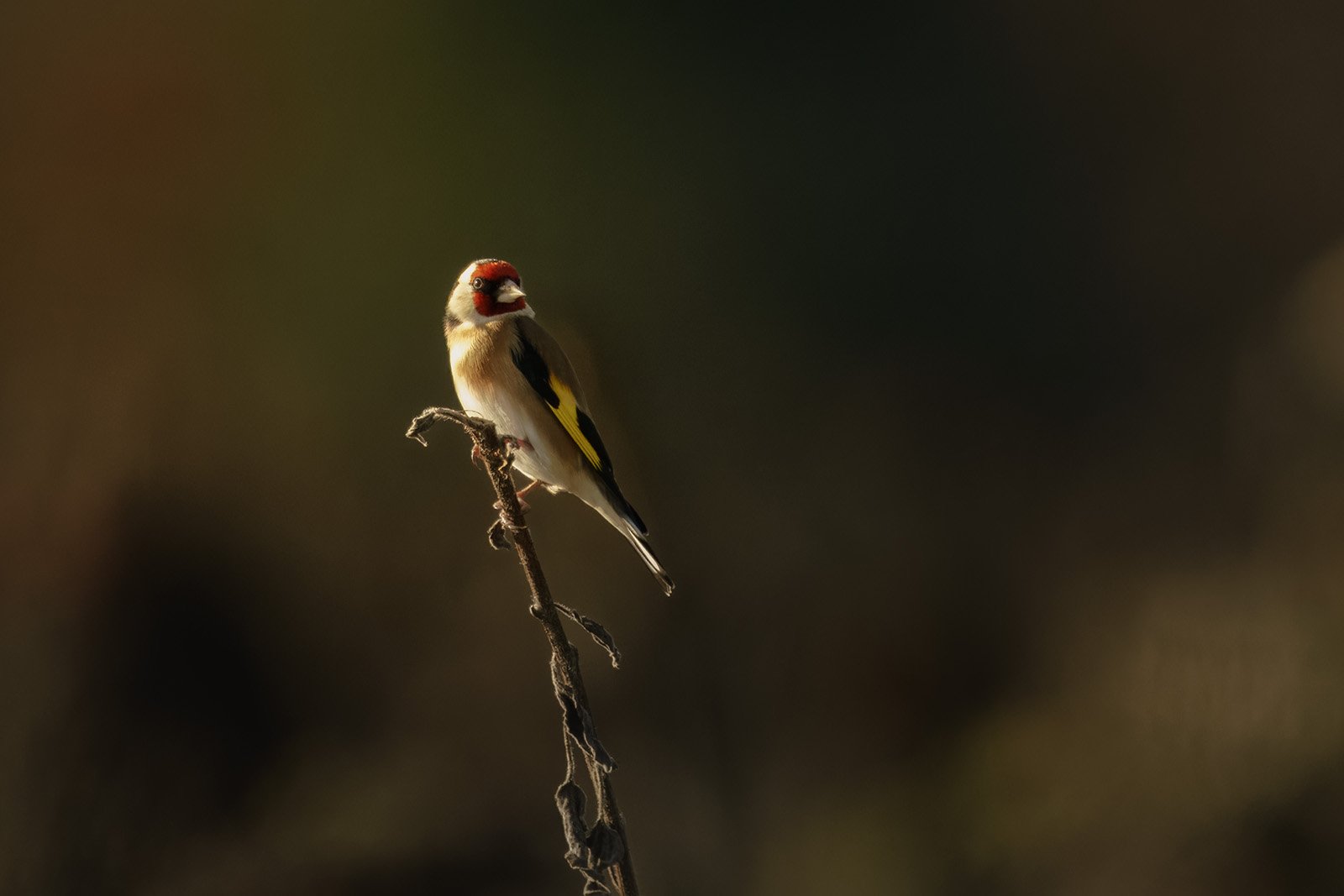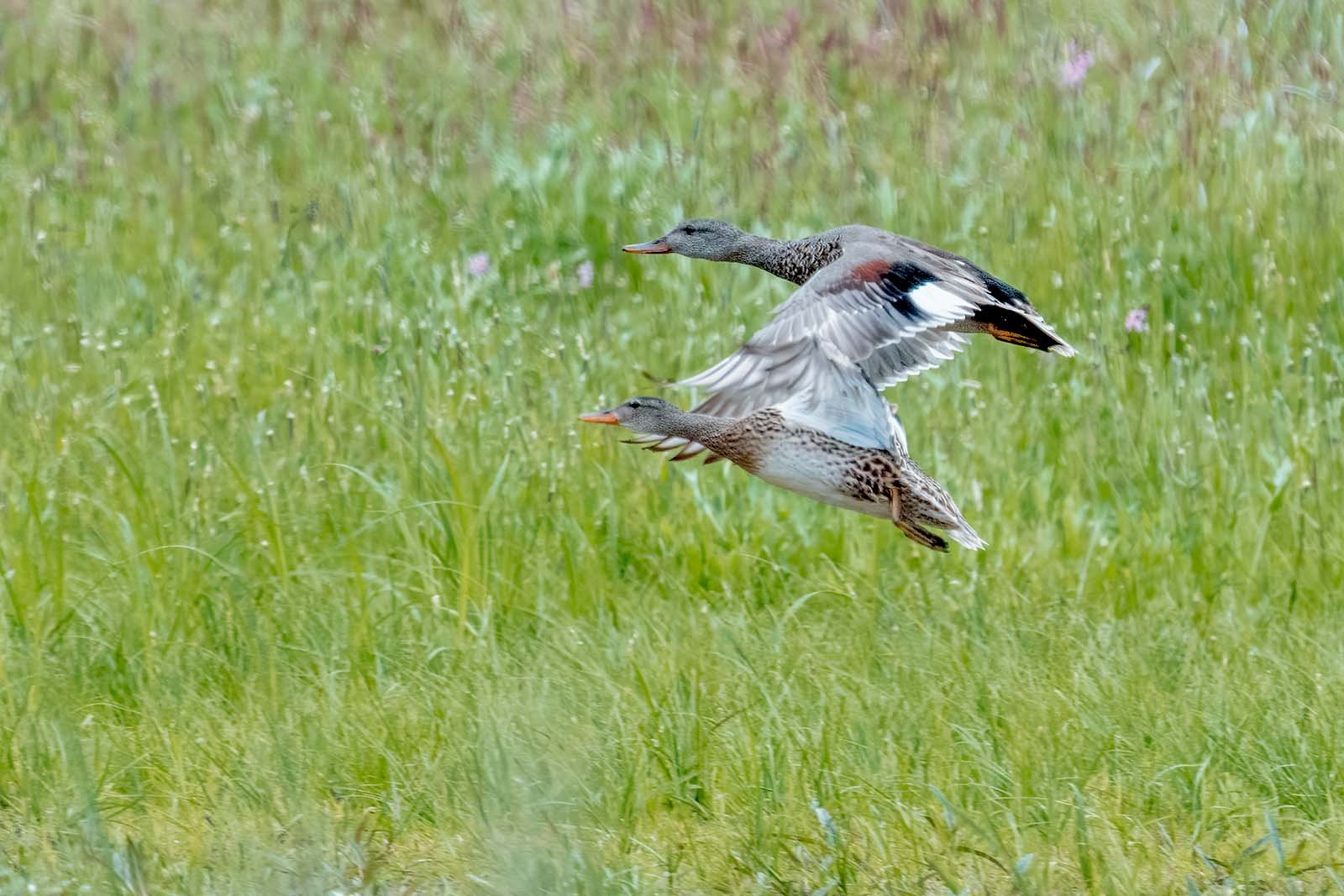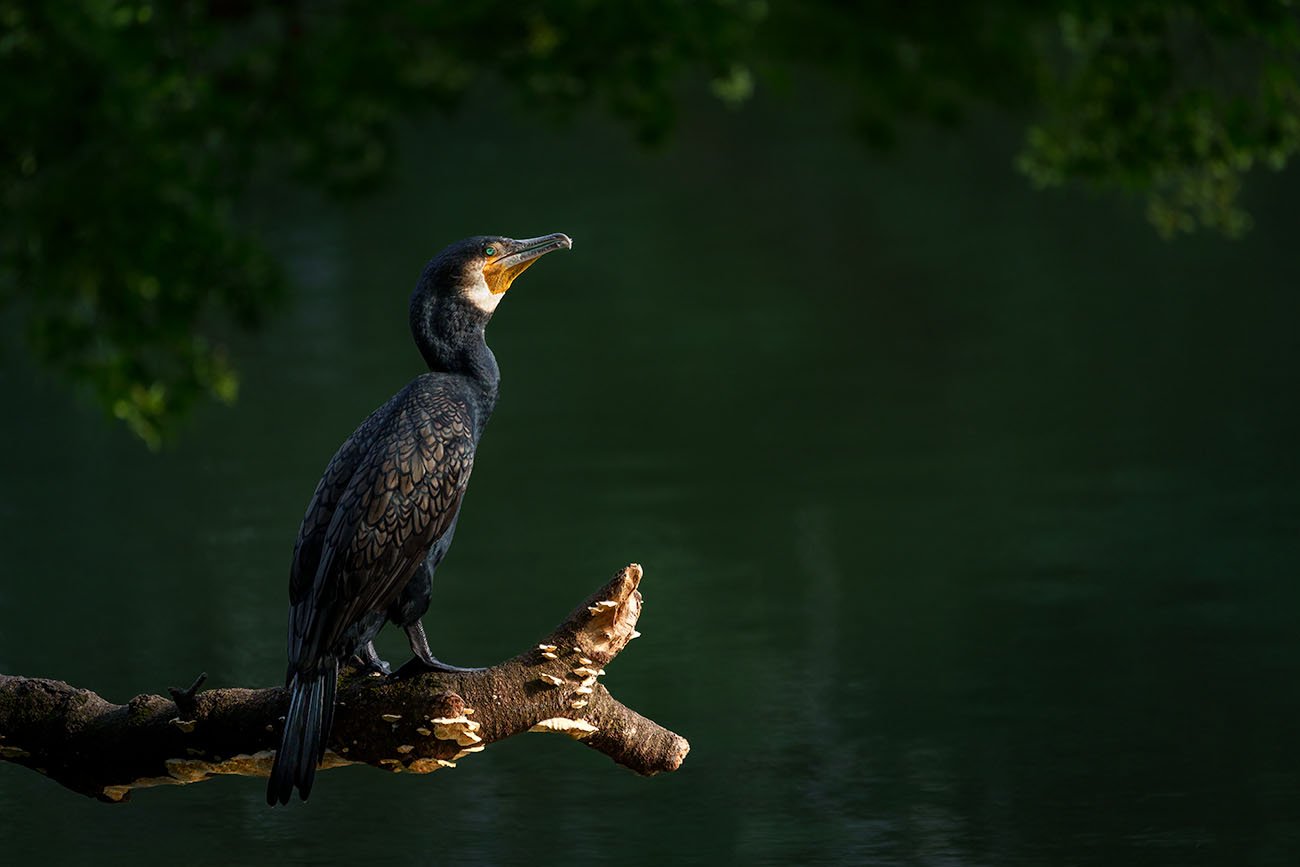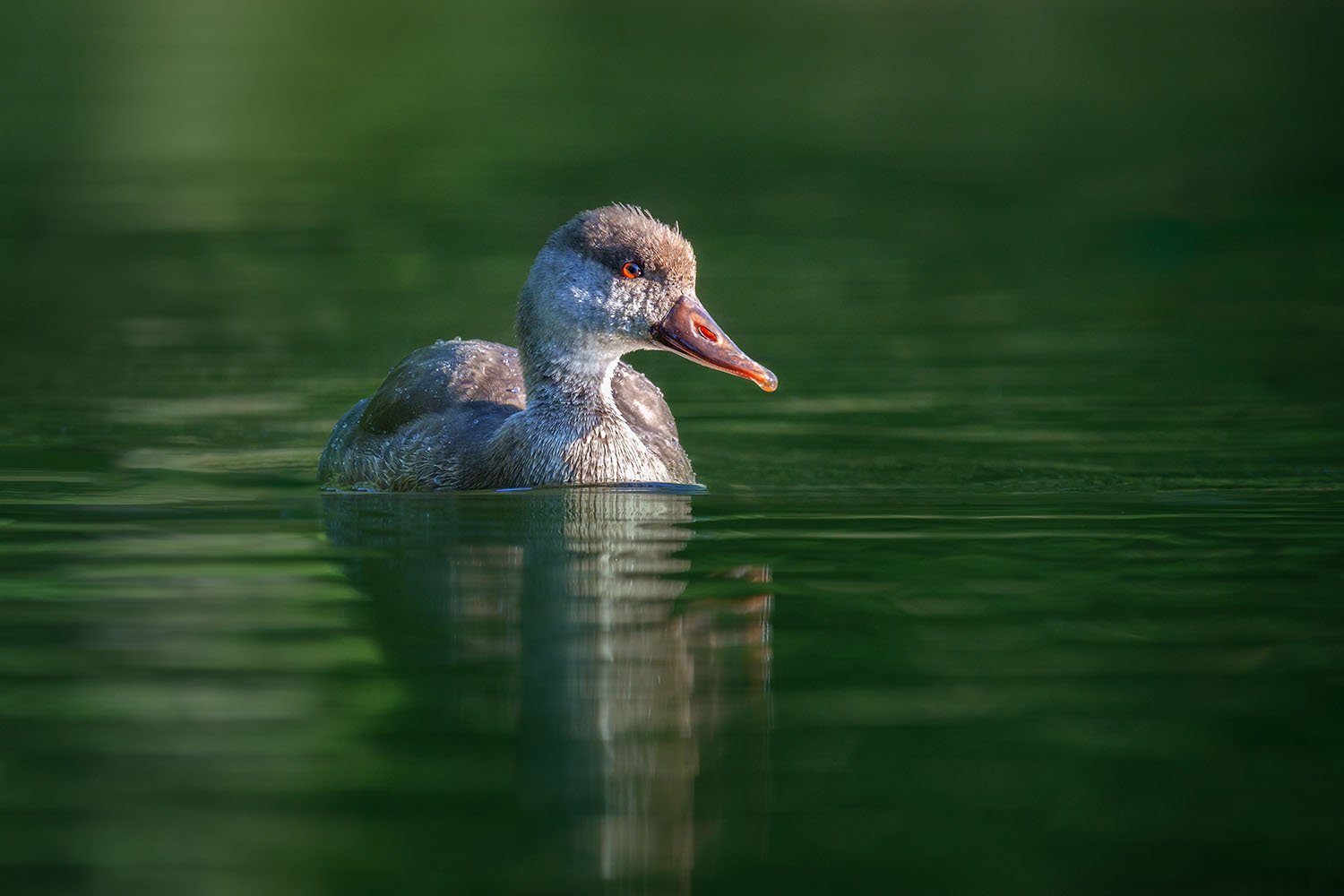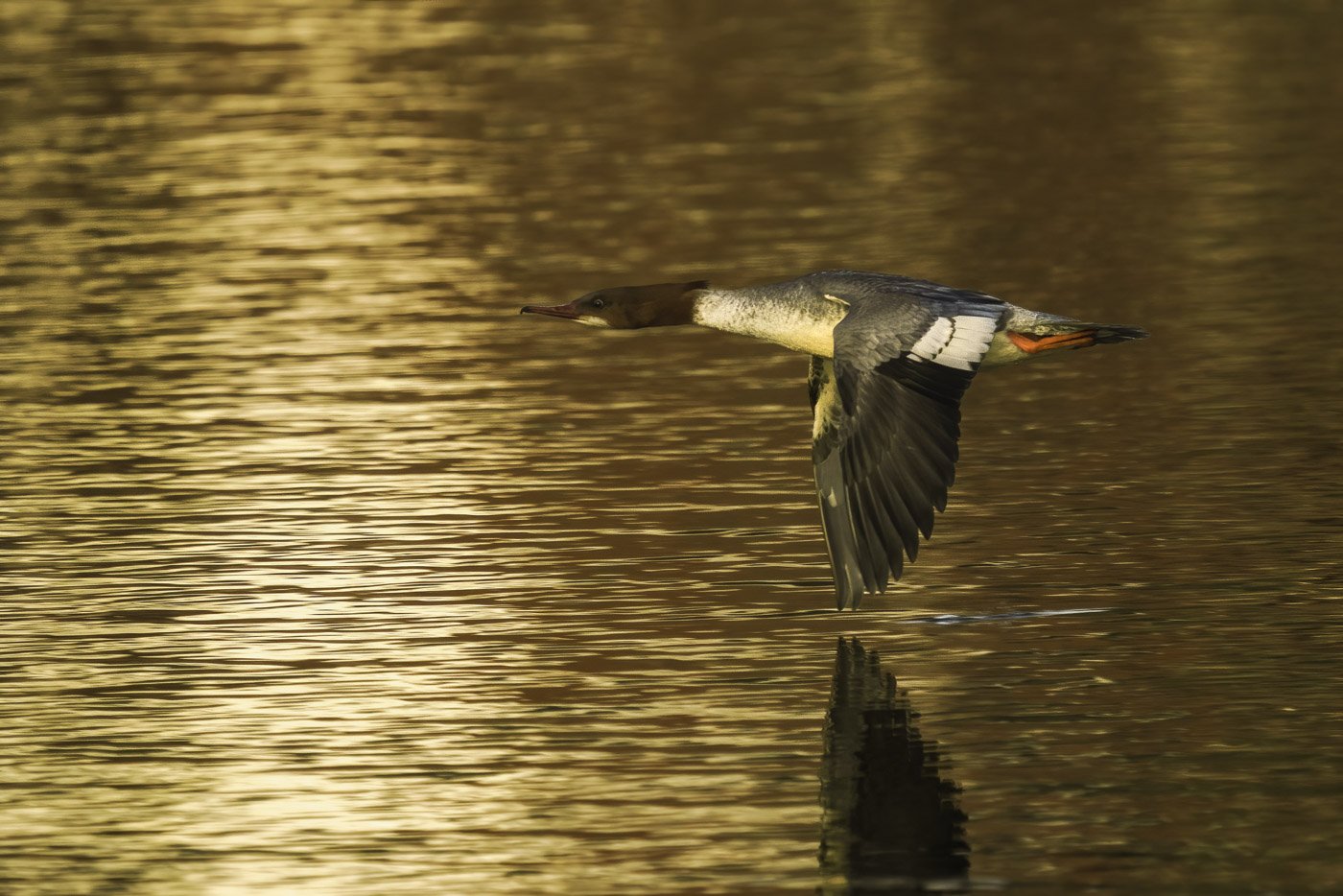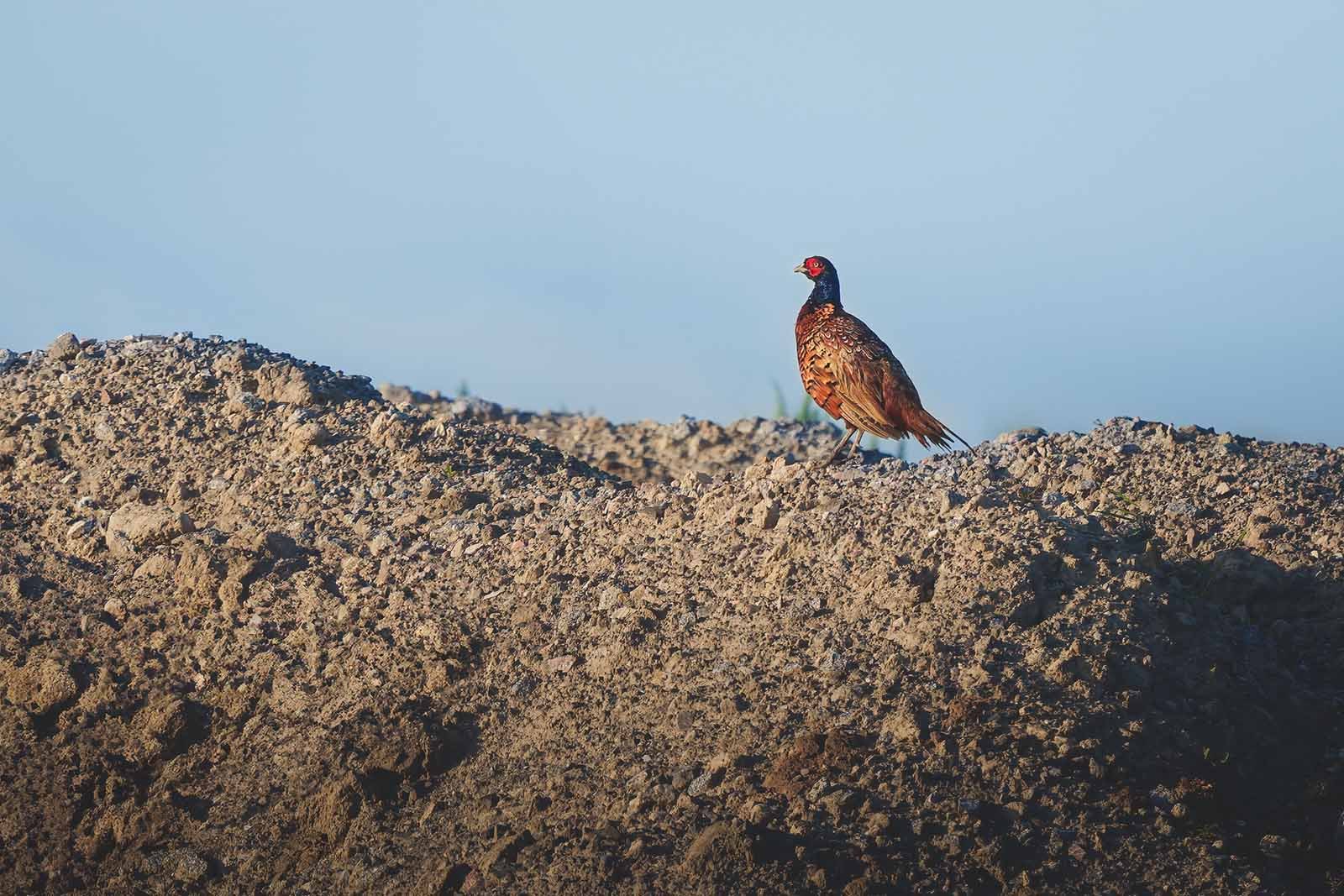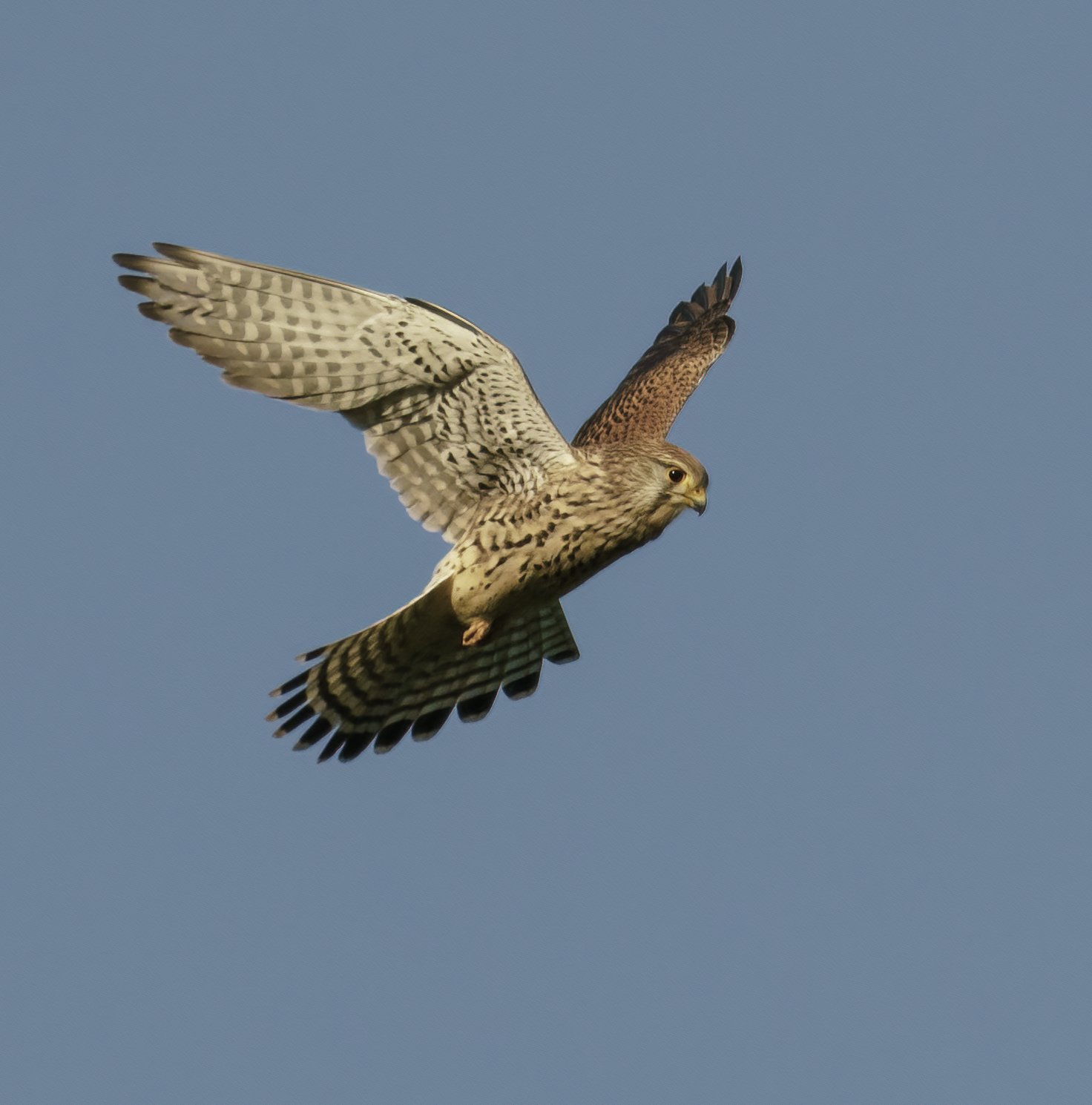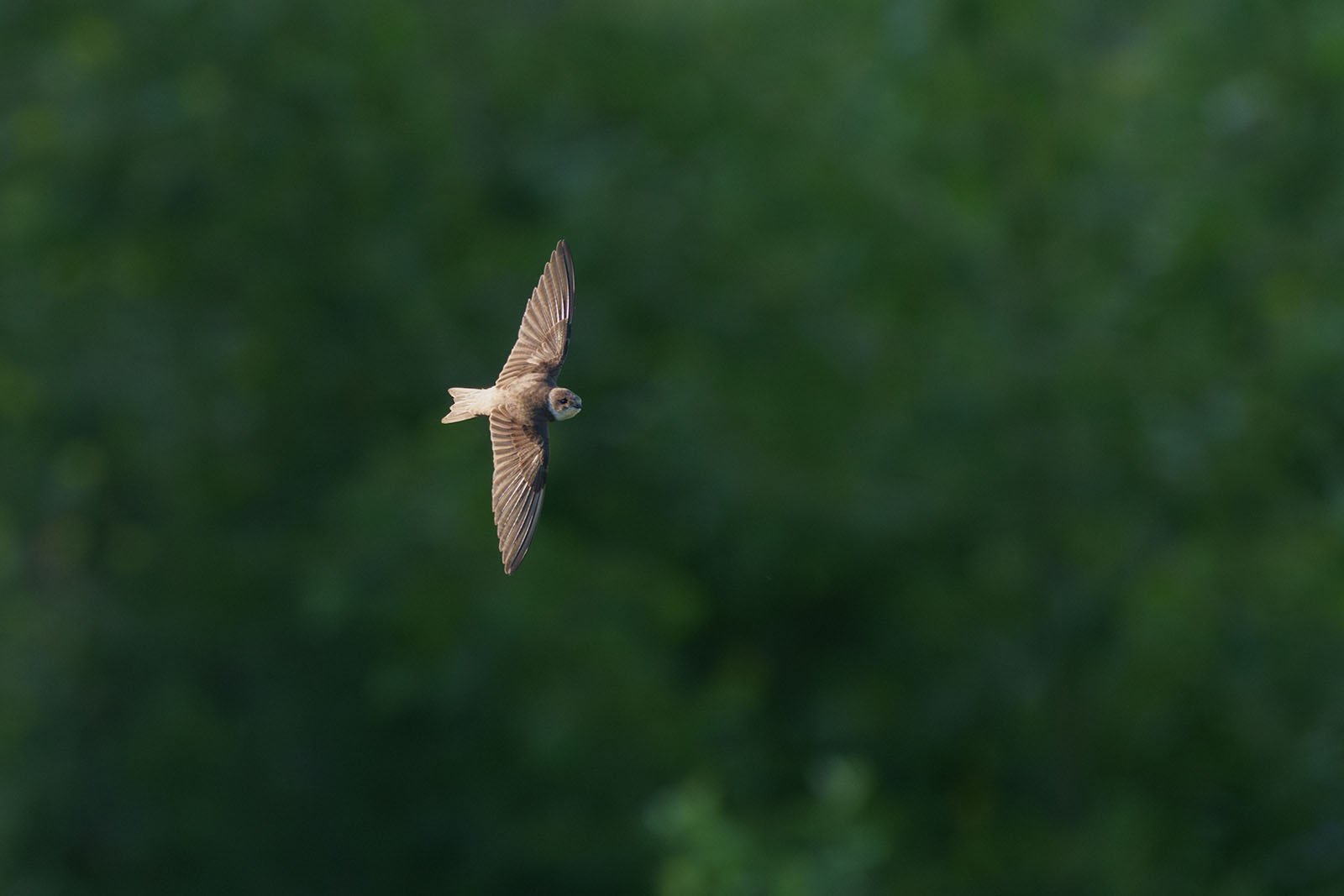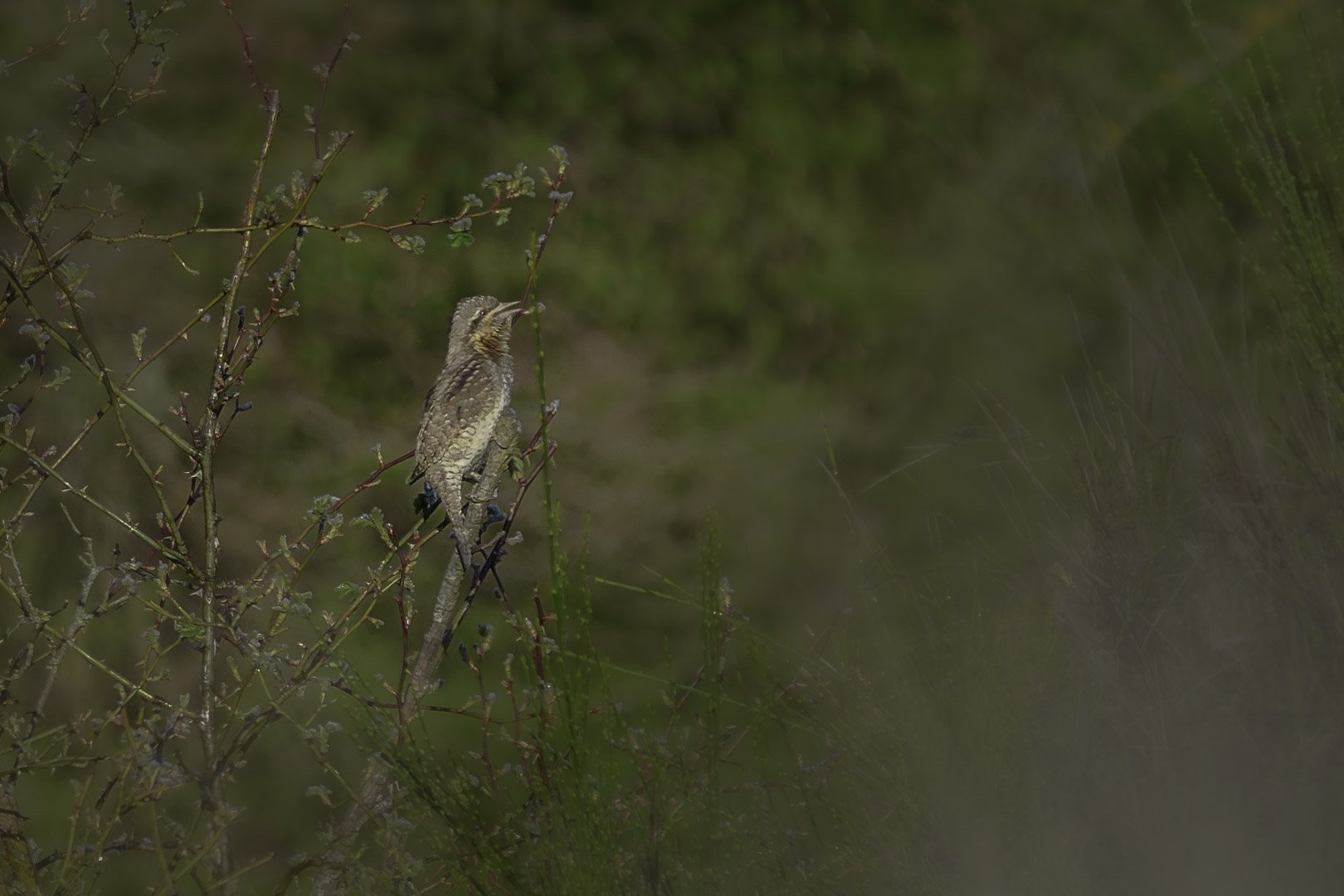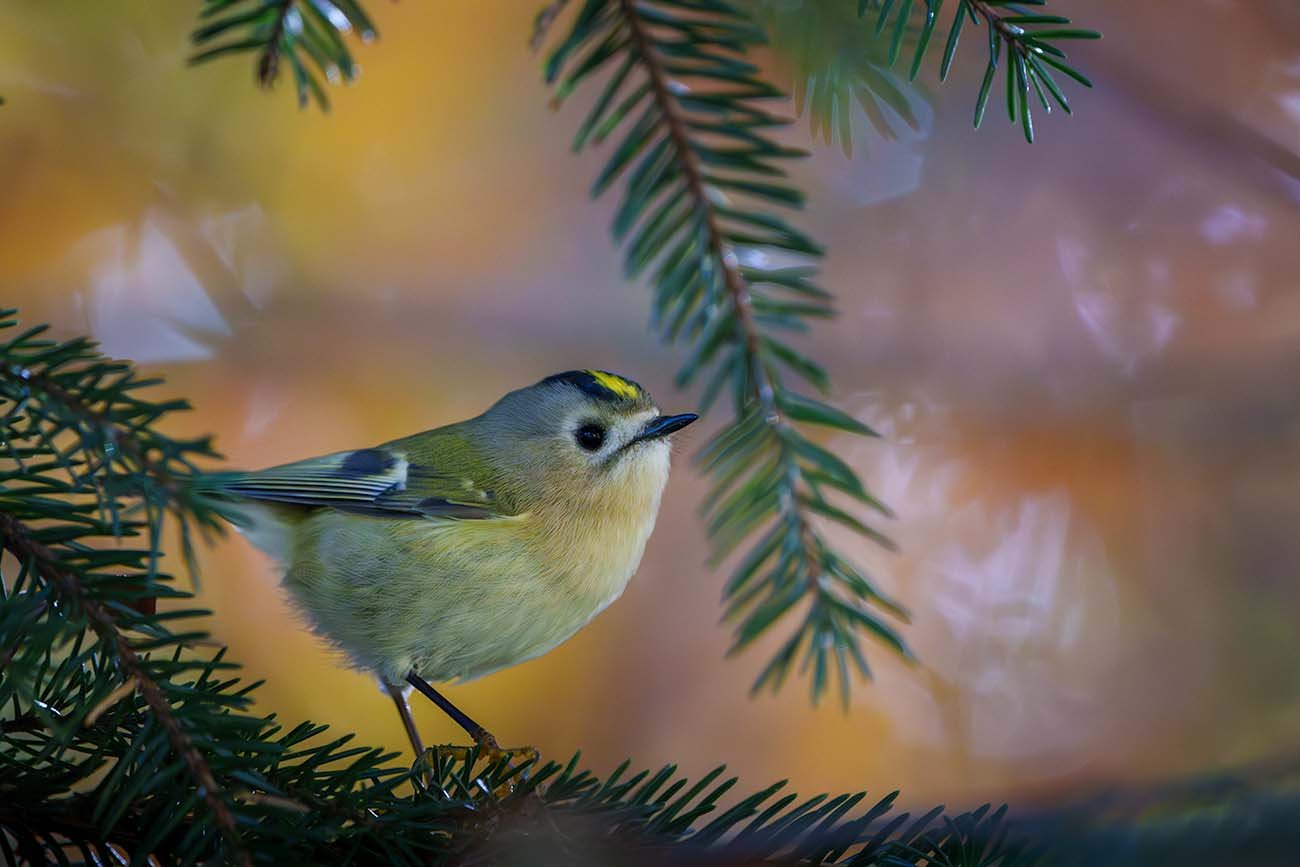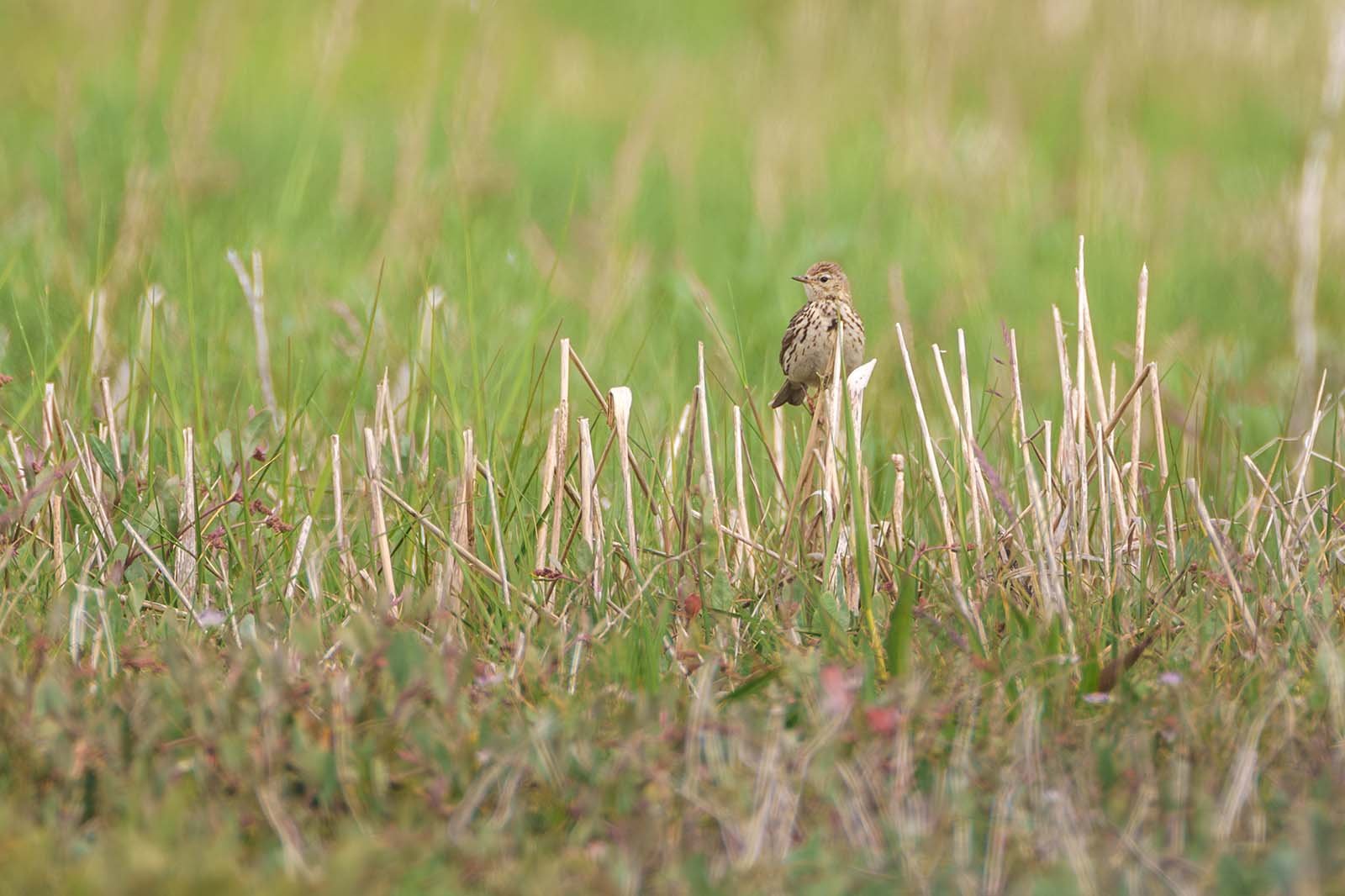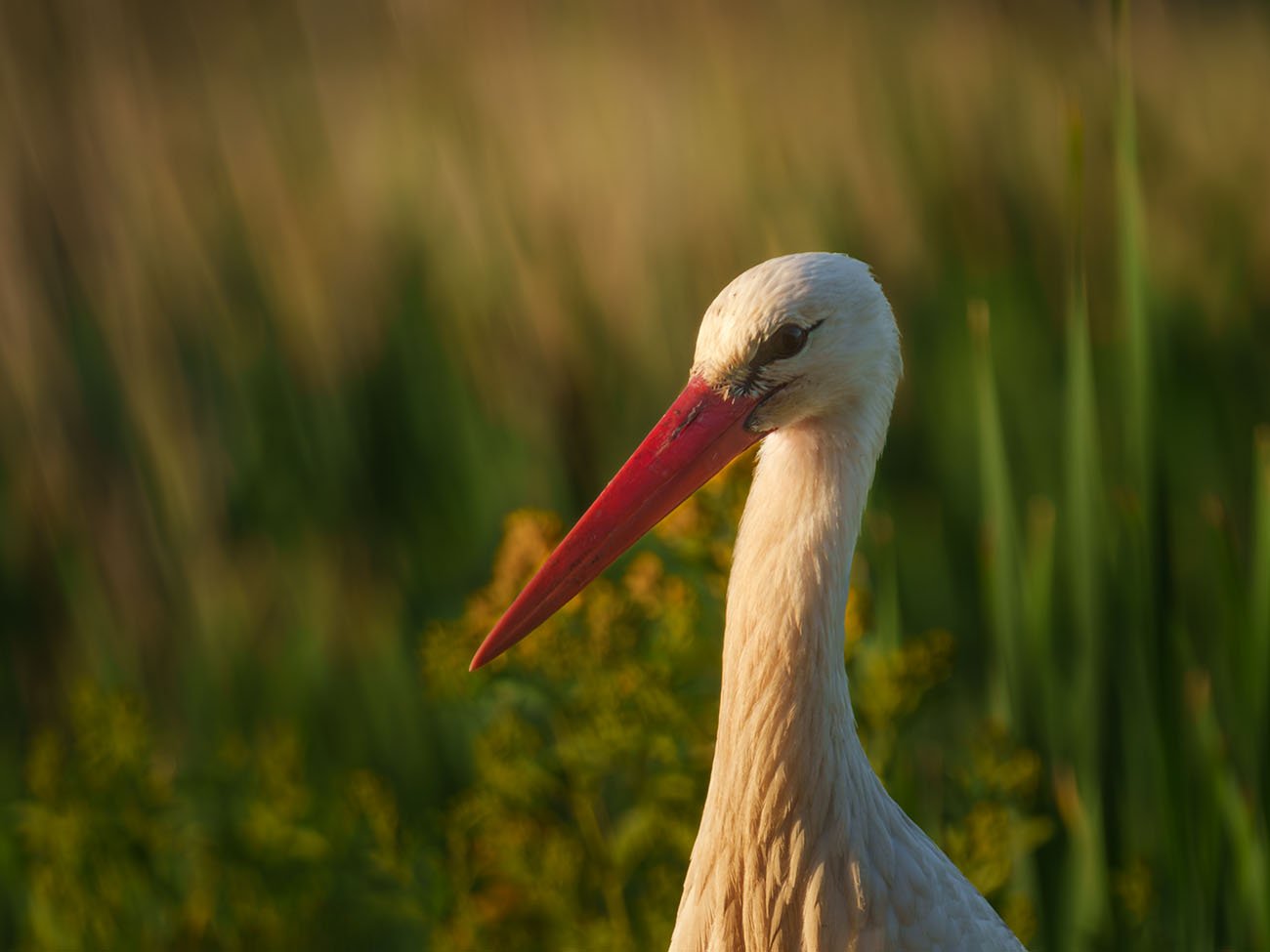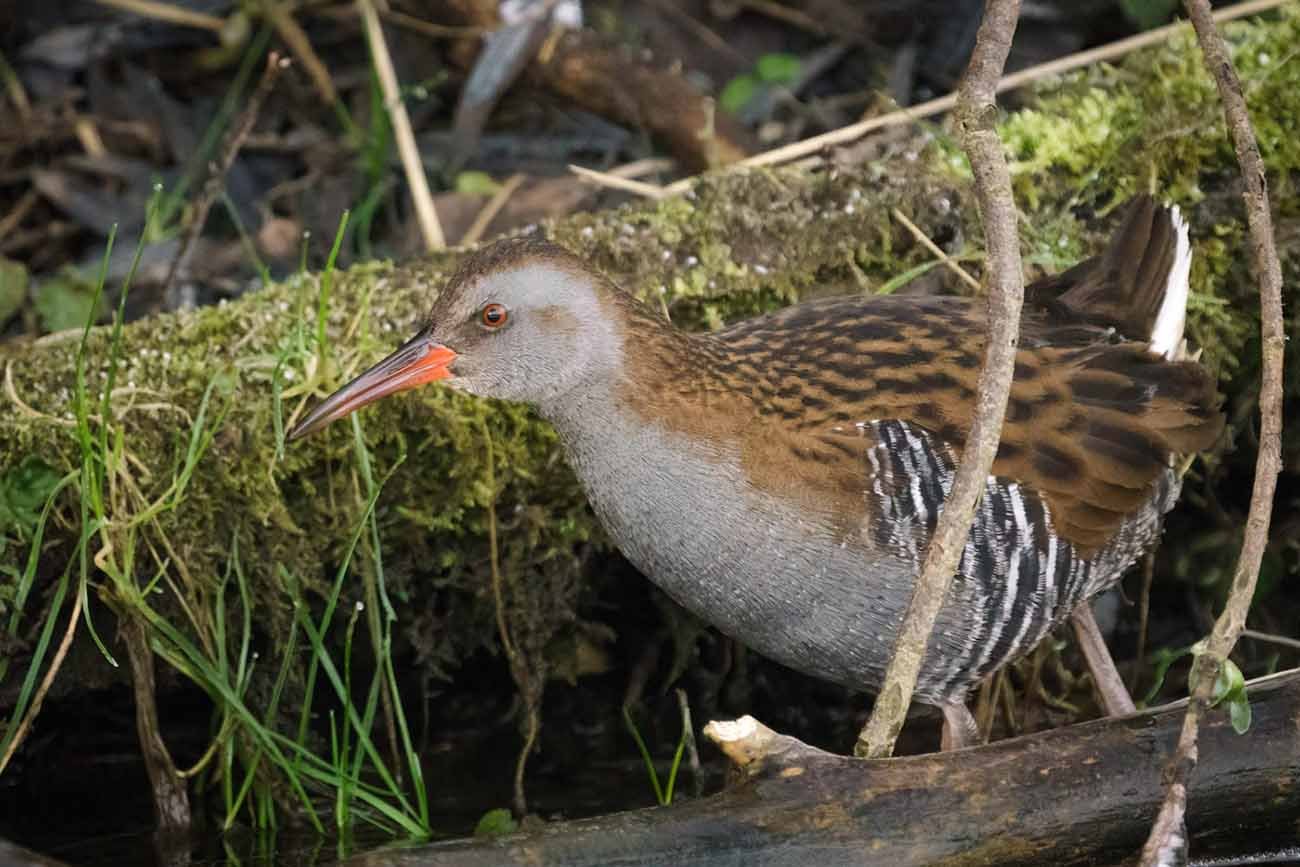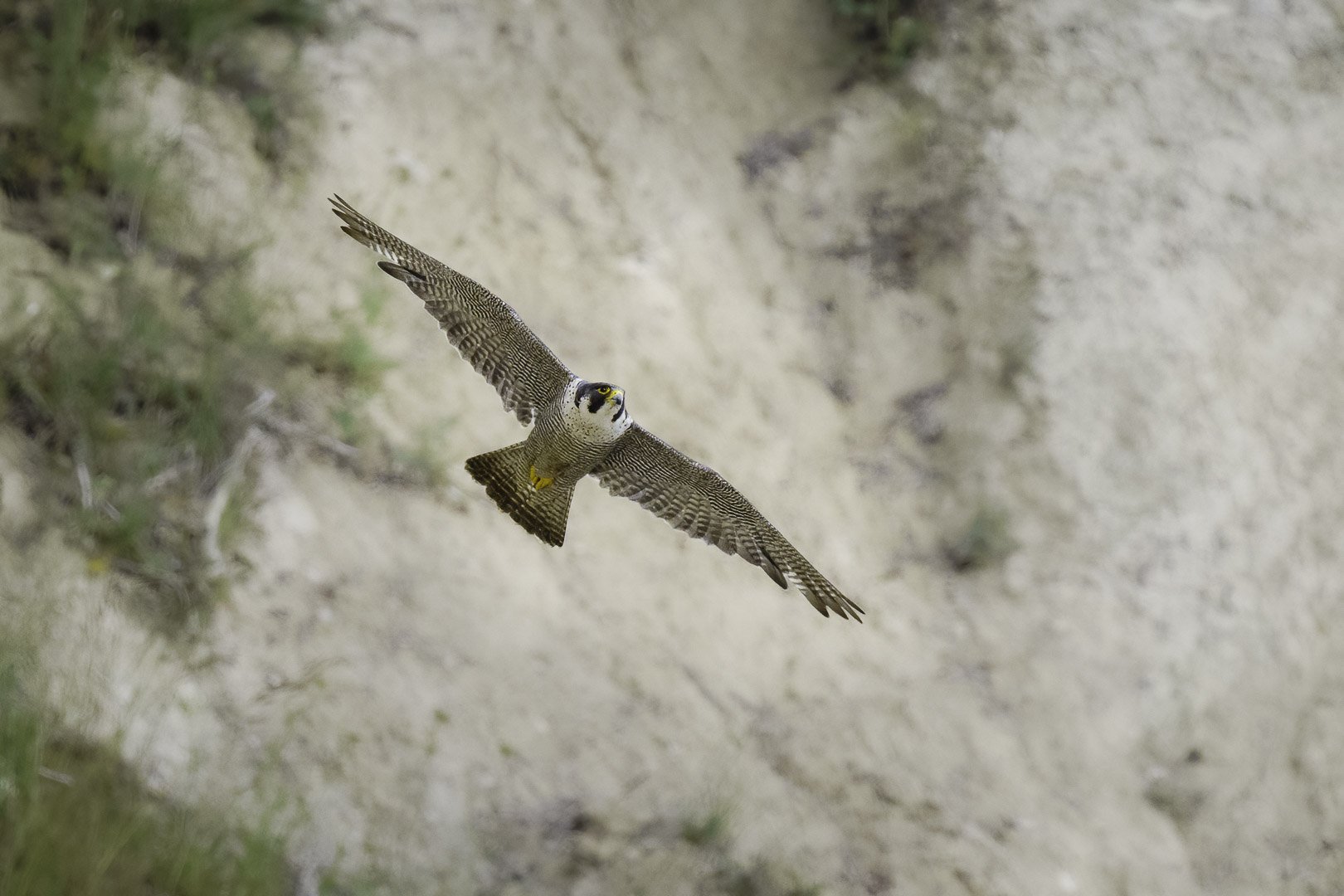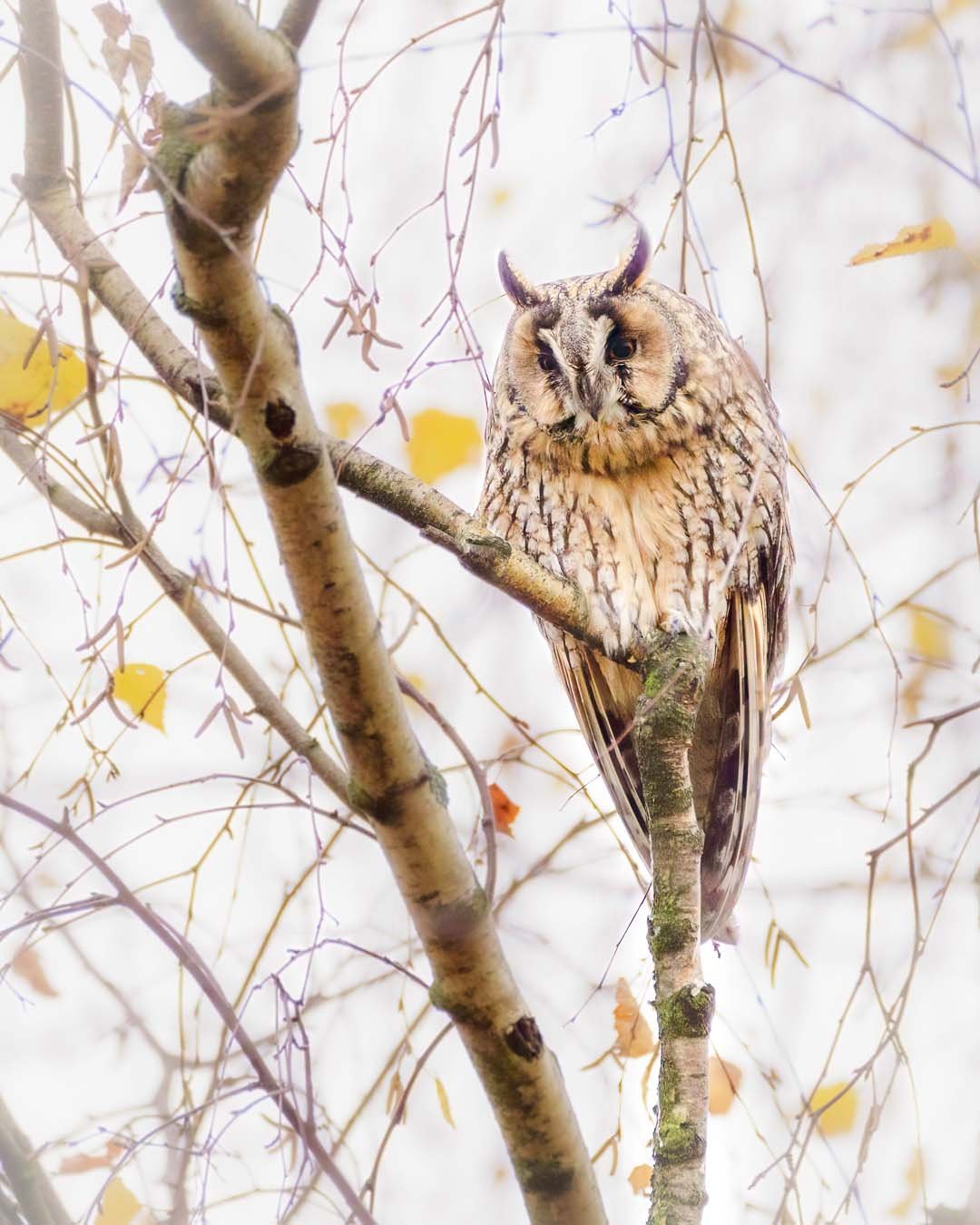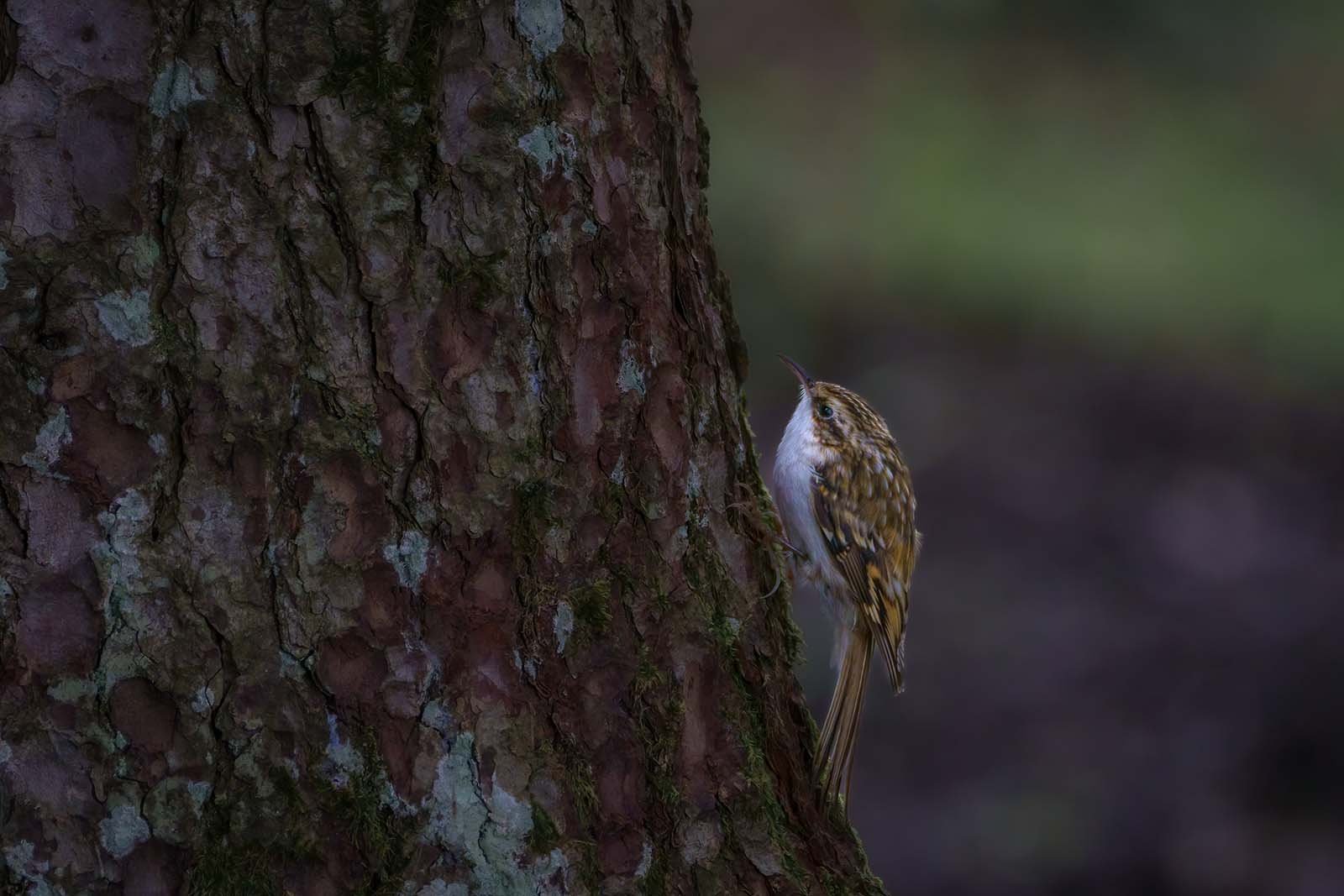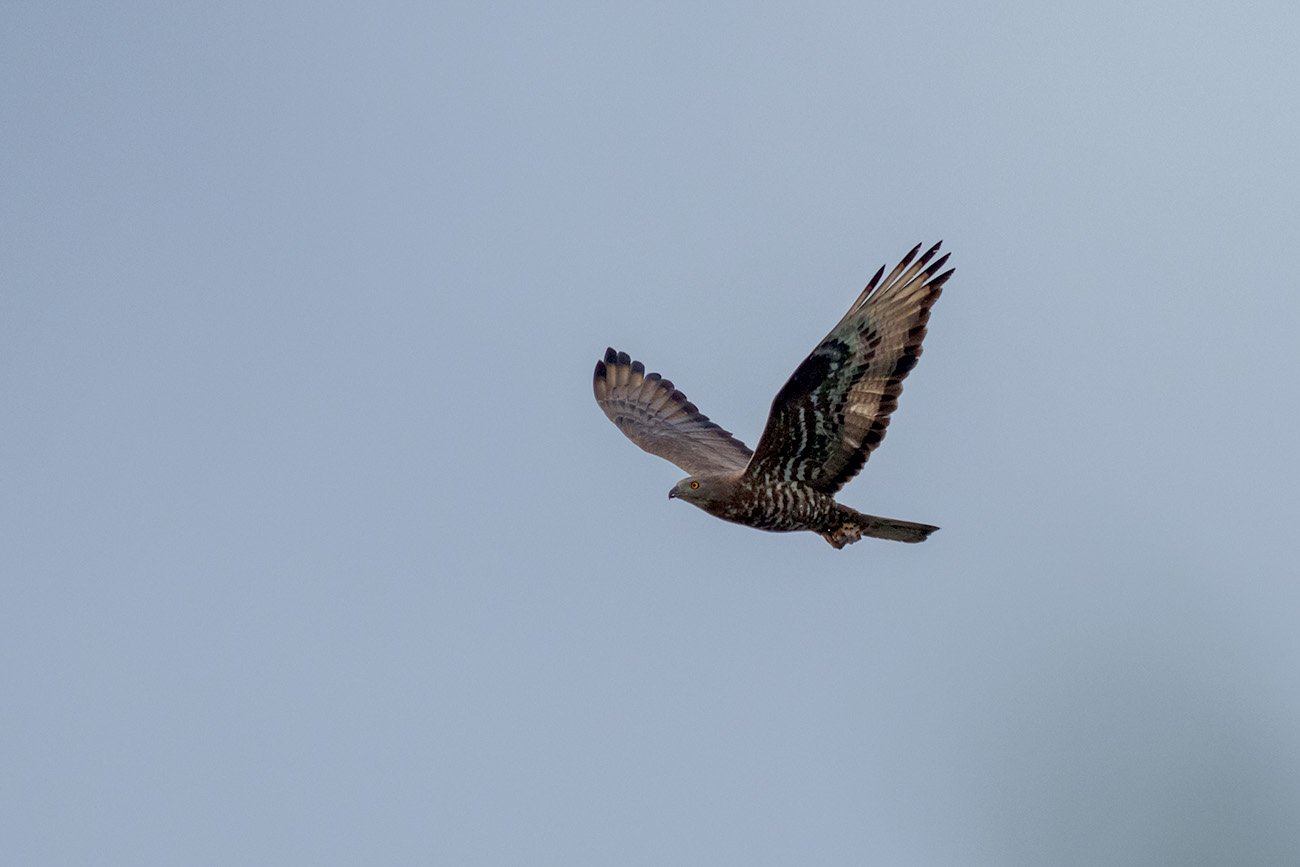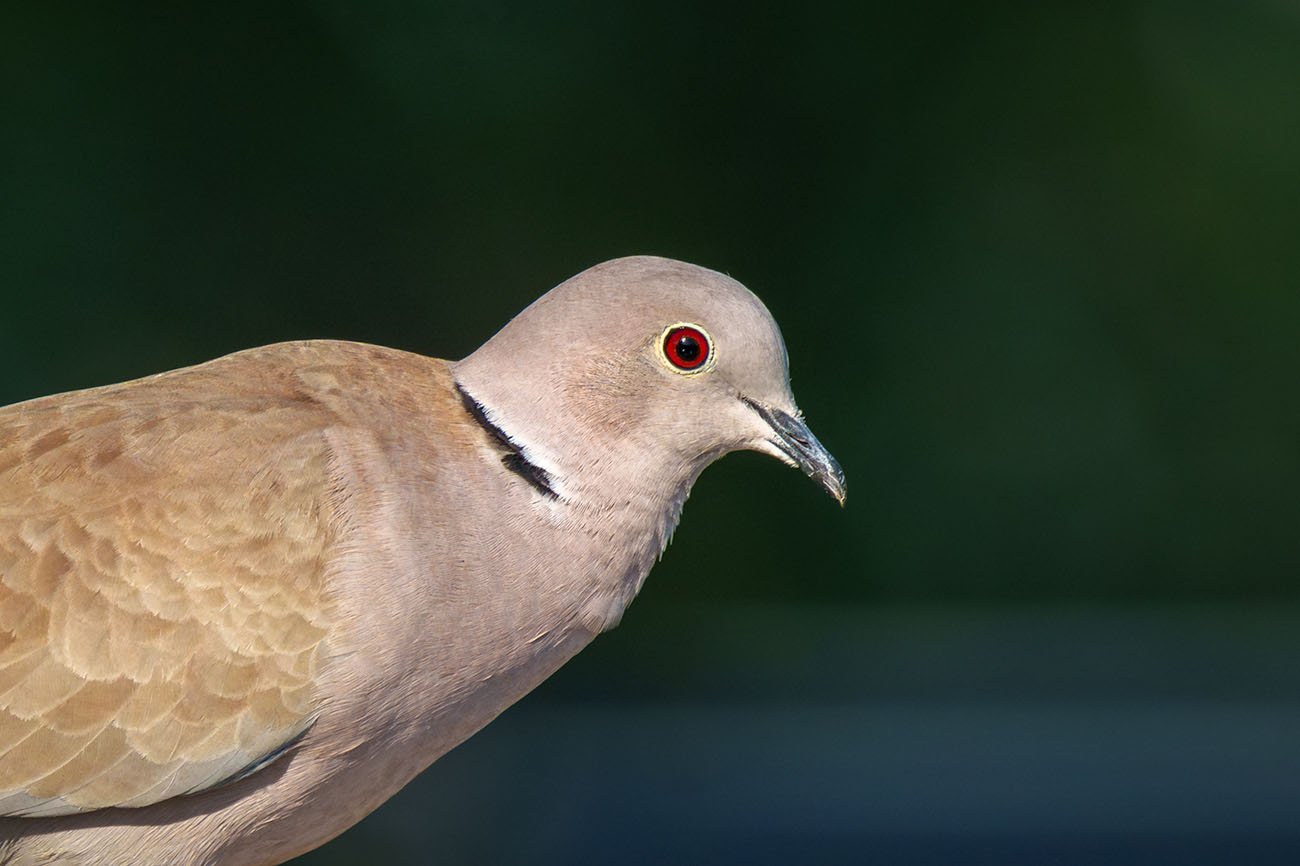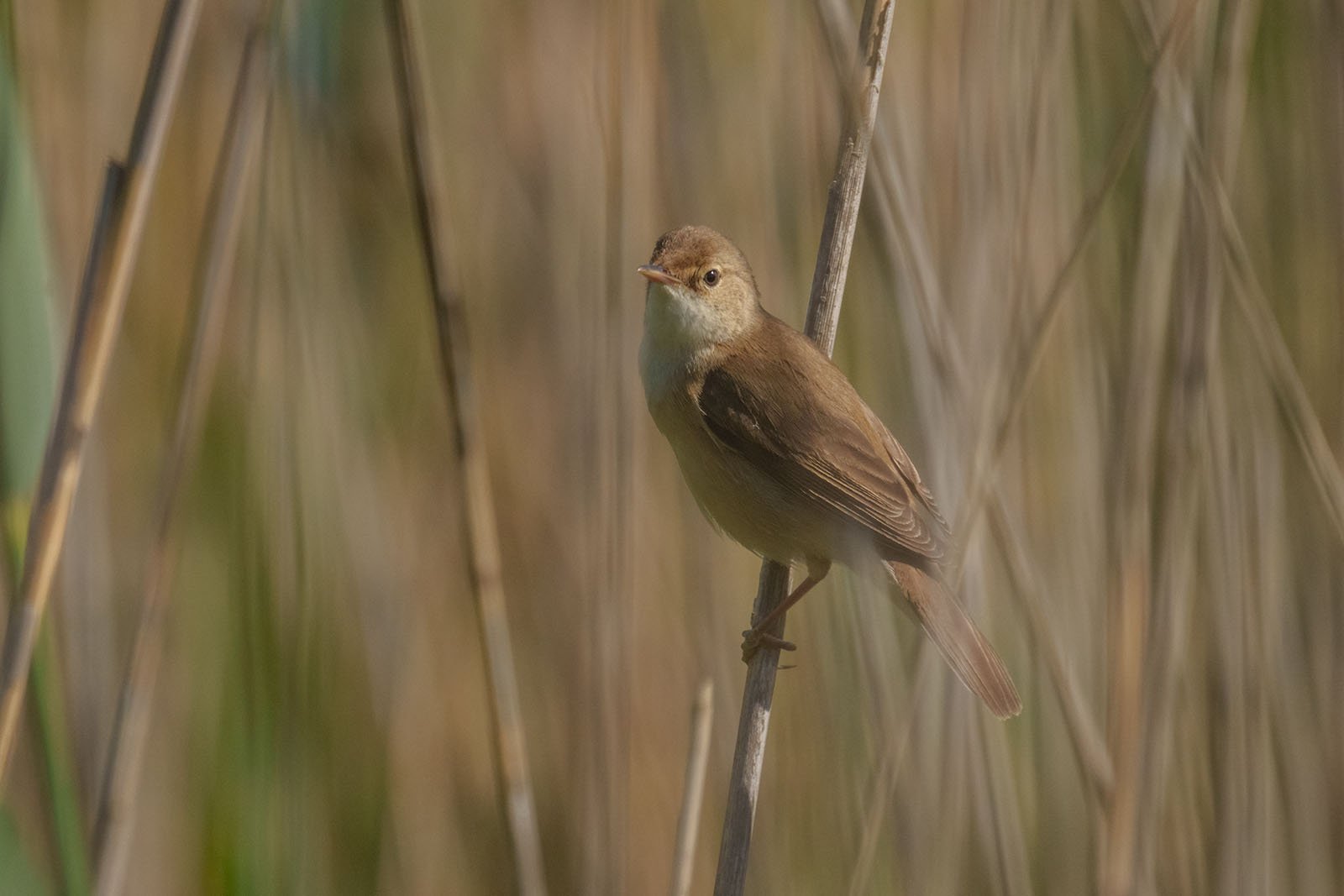Great reed warbler (Acrocephalus arundinaceus)
Great Reed Warbler (Acrocephalus arundinaceus) singing in the dense reeds
Key Facts:
- Size: 19–21 cm
- Characteristics: Brown plumage with a lighter underside, strong beak
- Habitat: Reed beds and wet meadows
- Breeding: Nests in dense vegetation, mainly in reeds
- Diet: Insects and spiders
The Great Reed Warbler (Acrocephalus arundinaceus) – The Loud Singer of the Reeds
Table of Contents
- Introduction: The Great Reed Warbler – A Distinct Resident of Reed Beds
- Identification: How to Recognize the Great Reed Warbler
- Habitat and Distribution: Where the Great Reed Warbler Lives
- Behavior and Song: A Loud Call from the Reeds
- Breeding: A Skilled Nest Builder in Dense Reeds
- FAQ: Common Questions About the Great Reed Warbler
- Shortlist – Color Features
1. Introduction: The Great Reed Warbler – A Distinct Resident of Reed Beds
The Great Reed Warbler is the largest of the European reed warblers and stands out with its robust body and powerful voice. It is mainly found in reed beds and wet meadows, where its loud song marks its territory. Its sturdy build and the distinctive light eyebrow stripe make it easy to recognize, especially during the summer months when it’s most active.
2. Identification: How to Recognize the Great Reed Warbler
At 19 to 21 cm in size, the Great Reed Warbler is one of the larger species in its group. Its plumage is simple but provides excellent camouflage in dense reeds:
- Feathers: The upper parts are warm brown, while the plumage of younger birds often has a reddish-brown tint. The underside is lighter, ranging from beige to almost white. A broad, light eyebrow stripe gives the bird’s face a distinct contrast and is a key identifying feature.
- Beak: The strong, slightly curved beak is two-toned – lighter at the base and darker towards the tip. This shape is perfect for catching insects and spiders hidden in the reeds.
- Eyes: The dark eyes are highlighted by the light eyebrow stripe, giving the bird a sharp and alert look.
- Feet: The strong gray-brown legs help the bird grip reed stems firmly, even in windy conditions.
With these characteristics, the Great Reed Warbler is easily distinguishable in its habitat.
3. Habitat and Distribution: Where the Great Reed Warbler Lives
The Great Reed Warbler prefers large reed beds and wet meadows that provide both shelter and a rich source of food. It is commonly found near lakes, ponds, and rivers where reeds and dense vegetation dominate. These areas not only offer safe breeding grounds but also ideal hunting spots for insects and spiders.
4. Behavior and Song: A Loud Call from the Reeds
The Great Reed Warbler is not only recognizable by its appearance but also by its loud, raspy song. Its calls can be heard from a distance and are one of the defining sounds of a summer reed bed. During the breeding season, the male sings persistently to defend its territory and attract a mate. The bird skillfully navigates through dense reeds, using its strong legs to balance on thin stems.
5. Breeding: A Skilled Nest Builder in Dense Reeds
The breeding season for the Great Reed Warbler starts in late spring. The nest is well-hidden among dense reeds and is built from stalks, grasses, and leaves. These materials are woven into a stable, cup-shaped structure that hangs above the water, protecting the eggs and chicks from moisture and predators. The female usually lays three to five eggs, which are incubated for about two weeks. Both parents feed the chicks, which leave the nest after about two weeks.
6. FAQ: Common Questions About the Great Reed Warbler
1. Where is the best place to observe the Great Reed Warbler?
In reed beds and wet meadows, especially near lakes and rivers with dense reed growth.
2. What does the Great Reed Warbler mainly eat?
It primarily feeds on insects and spiders, which it skillfully catches among the reeds.
3. How can you distinguish the Great Reed Warbler from other reed warblers?
By its larger size, strong body, and the distinctive light eyebrow stripe.
4. When and where does the Great Reed Warbler build its nest?
The nest is built well-hidden in dense reeds, usually above water. The breeding season starts in late spring.
5. What does the Great Reed Warbler’s song sound like?
Its song is loud and raspy, often with repeated notes that can be heard from far away.
7. Shortlist – Color Features
Feathers:
- Upper parts: Warm brown, reddish-brown in younger birds
- Underside: Beige to whitish
- Head: Broad, light eyebrow stripe
Beak:
- Long, strong, two-toned with a dark tip and a lighter base
Eyes:
- Dark, emphasized by the light eyebrow stripe
Feet:
- Gray-brown, strong
The Great Reed Warbler is a distinctive bird whose loud song and robust appearance make it a unique resident of reed beds. For birdwatchers, spotting this skilled singer in its natural habitat is always a special experience.



